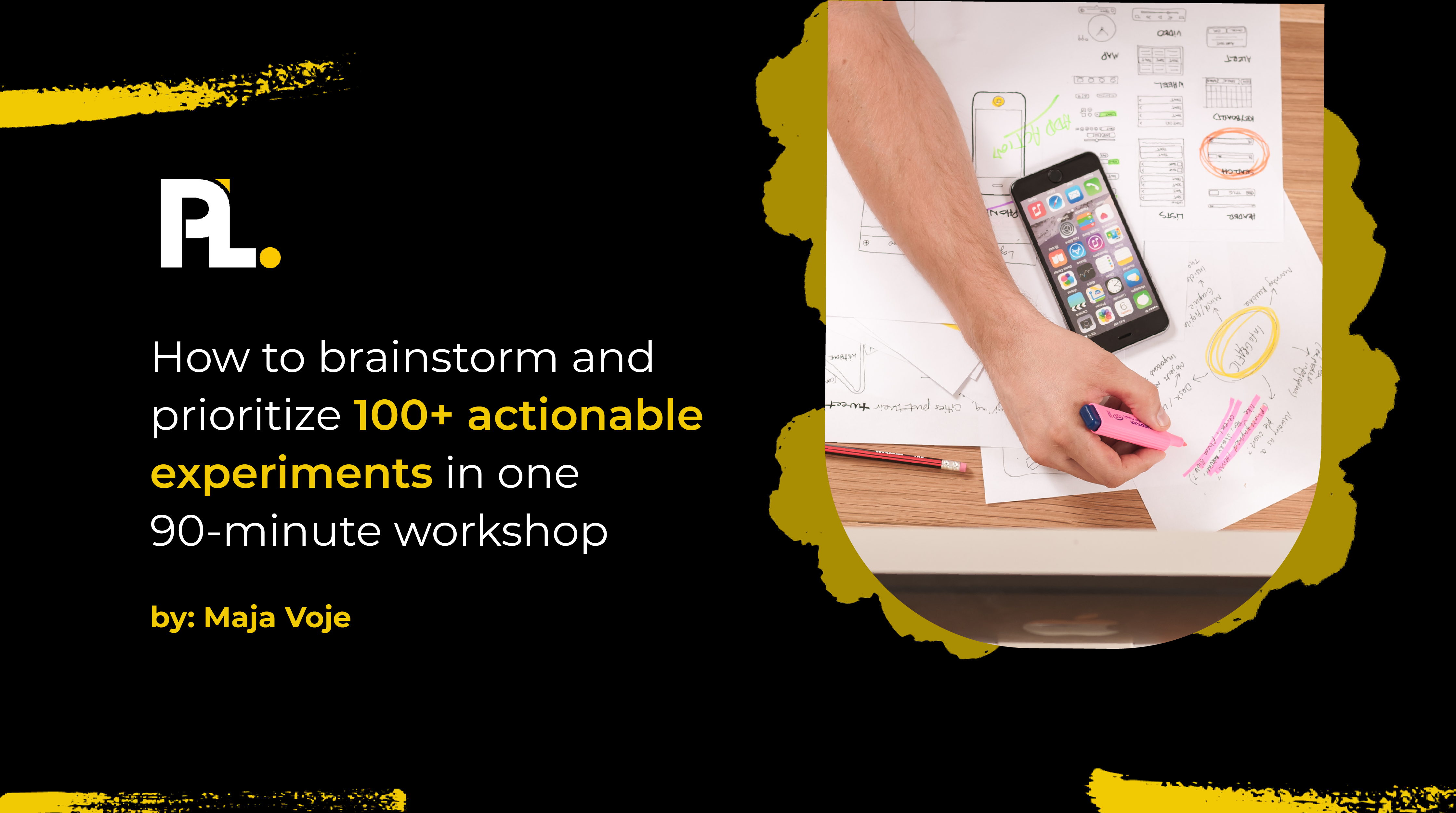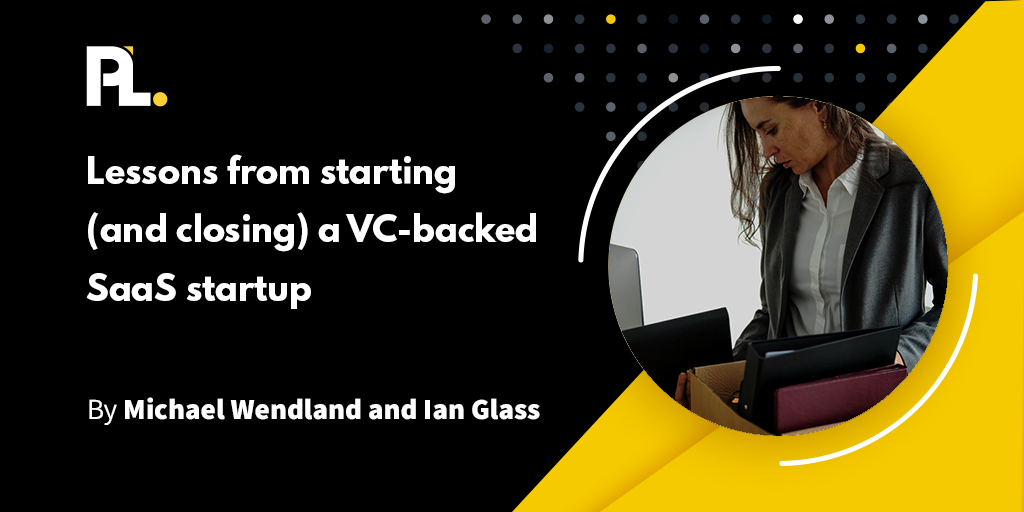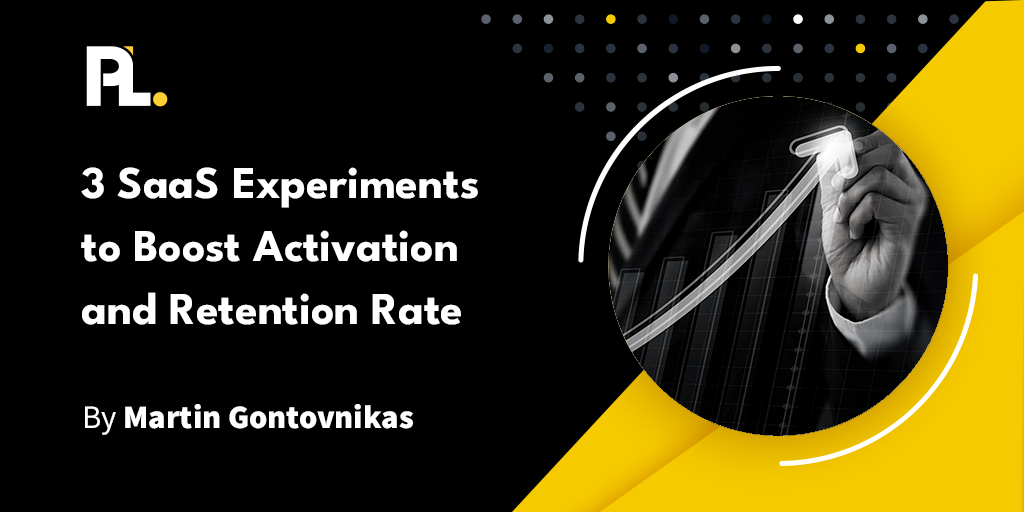
Do you have a friend or family member who exaggerates their experiences? After listening to them for a while, do you find it hard to trust what they say? I know I do.
I can hear you say “yes!” from a mile away.
The same applies when selling software.
Trust is the lifeblood of any business. Without this, you’ll never make a solid connection with your audience. And that hinders your ability to grow your revenue.
Get this: According to the 2019 Edelman Brand Trust Survey, only 39% of people believe tech companies put the welfare of customers ahead of profits.
If you can join this small group, it’ll pay off time and time again. But if you don’t, there will always be questions about where your allegiance lies.
Gaining trust is not optional. You need your customers to trust your company and product. This is half the battle.
Keep reading to learn more about gaining the trust of your audience, potential pitfalls, and the value gaps that require your full attention.
Why SaaS Customers Do Not Trust Your Product
What we promise in our marketing and sales is the perceived value.
What we deliver in our product is the experienced value. Ideally, the perceived value aligns with the experienced value.

Everyone is happy in this scenario — what we signed up for does exactly what we envisioned.
But this is rarely the case. Most companies struggle with overpromising and under-delivering.
It’s one reason why product-led organizations are booming. As a quick refresher, here’s a basic definition of product-led growth:
Product-led growth is a business strategy that relies on using your product as the main vehicle to acquire, activate, and retain customers.
People want to “try before they buy” and experience your value proposition. If you keep your word, it’s a great way to build trust and sell your product. On the flip side, If you fail to deliver, your user experiences a nasty value gap.
What Is a Value Gap and How Does It Affect Customer Trust?
This leads us to the next point: value gaps.
Let’s start with a definition: A value gap is a discrepancy between the perceived value of a product or service and the actual value. It's when users expect one thing and experience another.

The bigger your value gap, the leakier your funnel. According to Intercom, 40–60% of users who sign up for your product will use it once and never return.
Tackling your value gap can be the single, most profitable lever you can pull. It will help you launch and build a free trial or freemium model that (actually) turns users into customers. There are three main reasons why value gaps are so prominent in the SaaS industry:
1. Your product has serious ability debt.
2. You don’t understand why your customers buy.
3. You overpromise what the solution is capable of.
Before launching a product-led arm of your business, declare war on your value gap. This positions you to create a product that can reduce your CACs, acquire more customers, and turn non-paying users into customers.
Value Gaps You Need to Crush to Gain Customer Trust
Identifying a value gap can be a challenge, but it’s much easier to recognize the symptoms. By working backward — first focusing on the symptoms — you can pinpoint the value gaps that are hindering your ability to gain customer trust.
Common symptoms can include things such as:
- Underperforming campaigns
- Low conversion rates
- High churn rate
- Stagnant growth
With these symptoms in mind, let’s review three common value gaps you must overcome to gain customer trust.
Value Gap 1: Ability Debt
Ability debt is the price you pay every time your user fails to accomplish a key outcome in your product.
Richard Kipp, Chief Product Officer at Grow, uses a spaghetti analogy. If your company was a restaurant, the outcome people value is food. People are coming into your business expecting to buy a hot plate of spaghetti, and then they get ushered by the customer service team into the kitchen with all the tools and features to make it themselves.
Your sales and marketing can’t go out and tell people, “Hey, we have hot and ready spaghetti for just $5!” and when the customers come, they see that there is no dining room and no hot and ready spaghetti and “oh, by the way, you need to bring your spaghetti, ground beef, sauce, olive oil, onions, and garlic. Also, you’ve got to know how to use all of these tools if you really want spaghetti. This is where churn happens.
To chip away at your ability debt, you need to be ruthless about reducing friction. Even non-trivial steps like activation emails can impact your free-to-paid conversion rate.
Christopher Gimmer, the CEO of Snappa, initially required every new signup to activate their email address before logging in. While this is standard practice, Gimmer didn’t realize that 27% of signups would never activate their email. Users never saw the product.
Gimmer's team took less than a week to remove the email activation step. The results were nothing less than astonishing: an immediate 20% boost in MRR.
This is one of the countless examples of success but remember this: conquering ability debt will never go away. As Kipp notes, “You need to evolve your technology to a point where people can get hot and ready spaghetti without having to learn how to use the kitchen. As you remove pain and friction from your user’s experience of attaining their valued objective, your total addressable market grows.”
You will inevitably face severe ability debt when you first launch a free trial or freemium model. It’s expected. Don’t let that scare you away. You must continue to look for ways to improve.
Ask yourself these questions while going through your product experience:
- Does the first product experience lead to a relevant and meaningful “quick win”?
- Do social and directional cues indicate high-value behaviors?
- Are key task completions indicated with a success state, such as Mailchimp’s famous high-five?
- Are all unnecessary points of friction and distraction removed from critical workflows?
Each question helps you spot opportunities to reduce or eliminate ability debt.
Value Gap 2: You Don’t Understand Why People Buy Your Product
If you don’t know where someone wants to go, you can’t help them get there. Until you know what your users want to accomplish, you’ll lead them to mountaintops they never wanted to climb.
Let’s say our friends at PayPal have a goal to generate 100,000 leads this month. The PayPal team might use Google Ads, Facebook, SEO, and remarketing to hit the lead target. Each marketing channel needs to get the PayPal team closer to reaching its goal.
Since we understand the outcome of the PayPal team, we know that our product needs to help them generate leads. However, if we don’t understand the outcome, what’s stopping us from leading the PayPal team to set up a branding campaign?
User Onboarding is another potential hangup. Most businesses walk you through the entire product but bring you no closer to achieving a meaningful outcome. That’s the same as inviting friends to your house for dinner, showing them around your house, and forgetting to give them anything to eat. Oops!
Although you might have a great house, your friends came for dinner. The same goes for your product. Although people come to your product and expect it to be neat and tidy, they're really there for the main outcome.
When you understand why people use your product, you can catapult them to the right destination. If you don’t know the primary outcome behind the “why,” you’re growing your business in hard mode.
What outcome does your product help people with? Is it lead generation? Is it getting more fit?
This may sound strange, but many businesses don’t know the main outcome that people want to achieve by using their products. As a result, they unknowingly force unnecessary steps onto users during onboarding. It’s an easy mistake to make. If you don’t understand your product’s value, what’s stopping you from showing unnecessary features that might be helpful?
To reduce this value gap, set the right expectations from the start.
Value Gap 3: You Suck At Communicating Your Value
The word “suck” is strong, but it emphasizes just how important this is. Communication — especially regarding the value of your product — is critical to building trust.
If someone signs up for your product thinking that it’s a live-chat solution when it’s actually a telemarketing product, you’re going to cause confusion. Even if you’re clear on what your solution does, you can misinform users about how long it takes to do it—companies often promote how fast their solution gets results when, in reality, it takes a lot more time.
This harms your brand and increases the chance of new users abandoning your initial product experience. Delivering on your value and reducing your value gap starts and ends with helping people. There are no shortcuts or magic tools.
Gain User Trust and Confidence With Product-Led Strategies
Building trust with customers is easier said than done, but product-led strategies can give you the fuel you need to succeed.
The organization that delivers on the value they promise is the one that sticks out. It’s also the organization that gains the trust and confidence of its audience and the industry as a whole.
While you’re crushing the value gaps above, learn more about other product-led growth strategies by taking our free PLG fundamentals course. You’ll soon realize that building trust with clients is within reach.
All you need is the right approach.





%20(1).png)















